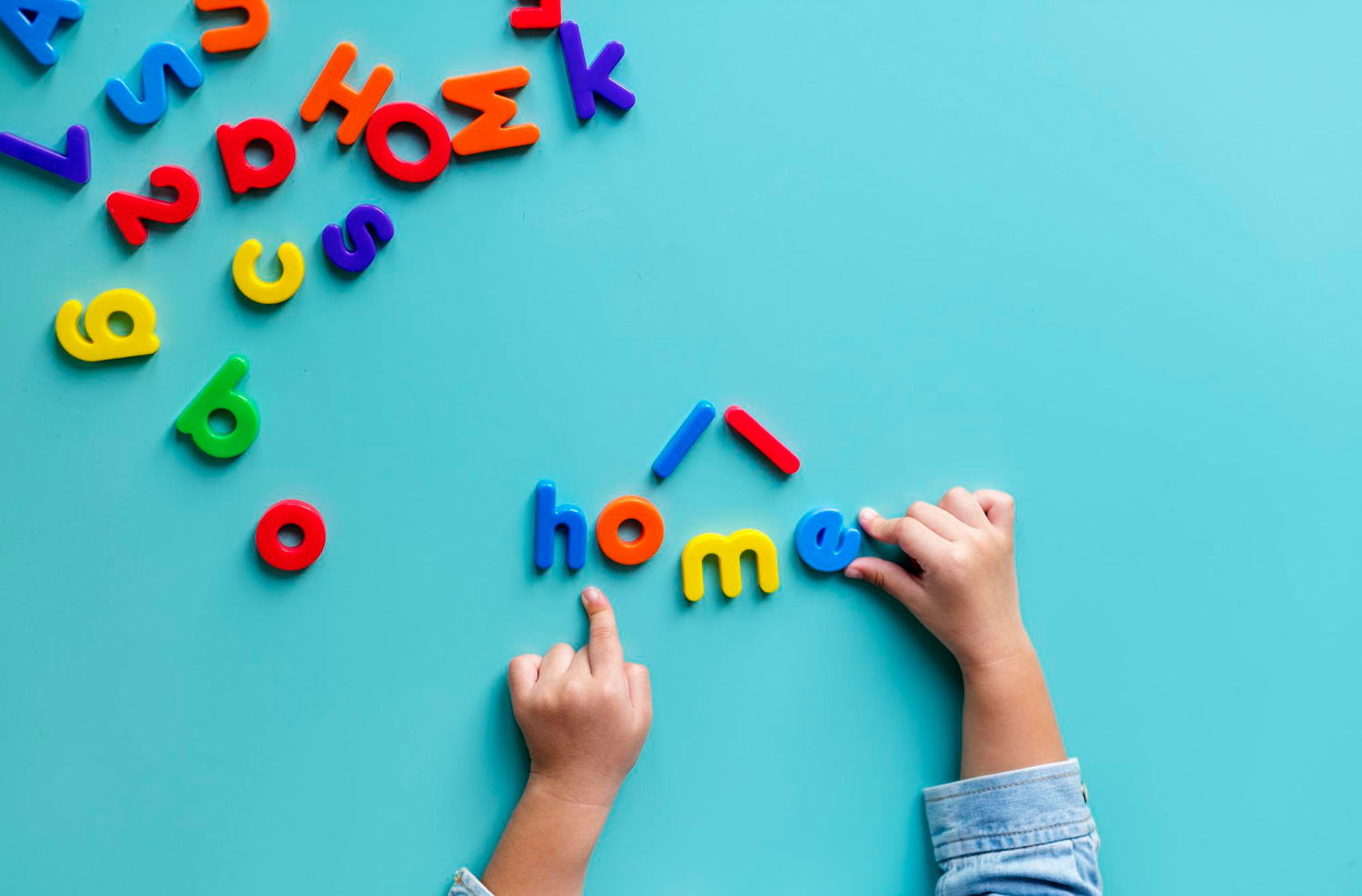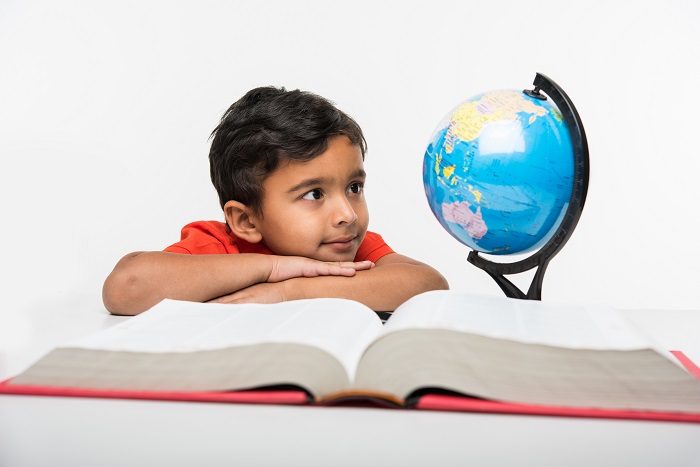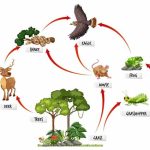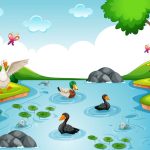Know the stages of language development in children. Baby language development is one of the most crucial aspects of a child’s overall learning and development.
As parents, caregivers, or educators, we all want to see the children in our lives succeed and thrive and the first step towards that is language development. One of the most important aspects of a child’s development is their language skills, which are essential for communication, socialization, and learning. From the first babbling sounds to the complex sentences they eventually learn and succeed. Although, the journey towards language fluency can be a bit challenging. Language development in children can also be a confusing and overwhelming process for parents who may need help knowing what to expect or how best to support their child’s language development.
If you are one of those parents who are worried about language development in children, we have got you covered.
We’ve put together this comprehensive guide to understanding language development in children, which covers everything from the milestones of early language acquisition to strategies for promoting language skills in children of all ages. Whether you’re a first-time parent or a seasoned educator, this guide will provide you with the knowledge and tools you need for baby language development – for them to become confident and effective communicators.
Stages of Language Development
The Stages of Language Development
- Language development in children has a set sequence of stages. The first stage is the pre-linguistic stage, which begins at birth and lasts until around 12 months. During this stage, babies produce various sounds, including crying, cooing, and babbling. They also start to recognize the sounds of their native language and can distinguish between different speech sounds.
- The next stage is the one-word stage, which typically begins around 12 months and lasts until approximately 18-24 months. During this stage, children start to produce their first words, usually nouns that are important to them, such as “mama,” “dada,” or “ball.” Children at this stage can also understand more than they can produce and follow simple instructions.
- The two-word stage begins around 18-24 months and lasts until around 2.5-3 years. During this stage, children combine words to create simple phrases, such as “more milk” or “big dog.” They also use basic grammar rules, such as adding “-ing” to verbs to indicate ongoing actions.
- The multi-word stage begins around 2.5-3 years and lasts until around 5 years. During this stage, children start to use more complex sentence structures and can express a wide range of ideas and concepts. They also continue to learn and refine grammar rules, such as subject-verb agreement and pronoun use.
The Role of Parents and Caregivers in Baby Language Development
Parents and caregivers are critical in supporting a child’s language development. By providing a rich language environment and engaging in frequent, meaningful conversations, parents can help their children build a strong foundation for language learning. This can include daily narrating activities, pointing out objects and people, and asking open-ended questions that encourage conversation. Parents can also read to their children regularly, which exposes them to new vocabulary and helps develop their listening and comprehension skills – enhancing language development in children.
Another way parents can support their child’s language development is by providing opportunities for social interaction. This can include playdates with other children, visits to the park or playground, or enrolling their child in a preschool program. These experiences give children a chance to practice their language skills and help them develop essential social skills, such as turn-taking and sharing. This will also help you understand the phase your kid is when it comes to stages of language development.
Factors That Affect Language Development
While there’s a predictable sequence of language development in children, many factors can affect the pace and quality of their language acquisition. Among all the elements, the most important is exposure to the language. Children who grow up in language-rich environments and have frequent opportunities for interaction with adults & peers tend to develop more vital language skills than those who do not.
Another factor that can affect baby language development is hearing loss. Children born with hearing loss or who develop it later in life may struggle with language acquisition, mainly if the hearing loss is not detected and treated early. It’s essential for parents to have their child’s hearing tested regularly and to seek intervention if a problem is detected.
Other factors affecting language development in children include cognitive abilities, attention, and motivation. Children struggling with these areas may work with language learning and benefit from targeted interventions or therapies.
Techniques to Promote Language Development at Home
There are many things parents can do at home to support baby language development. Some effective techniques include:
- Engaging your child in frequent conversations from a young age
- Reading to your child regularly
- Engaging in meaningful conversations and asking open-ended questions
- Using gestures and facial expressions to enhance communication
- Encouraging your child to use language to express themselves and solve problems
- Providing a variety of language-rich experiences, such as trips to the zoo or museum
Incorporating these techniques into your daily routine can help your child build a strong foundation for language learning.
The Importance of Reading and Storytelling
When reading with your child, it’s important to choose age-appropriate books that are engaging and interesting. You can also ask questions about the story and encourage your child to make predictions or connections to their experiences. Storytelling is another excellent way to promote baby language development. It encourages children to use their imagination and creativity to create stories.
Supporting Bilingual Language Development
For families who speak more than one language, supporting bilingual baby language development is essential for promoting strong language skills and cultural identity. Research has shown that bilingualism can have many cognitive and social benefits, including improved problem-solving skills and increased cultural awareness.
Some effective strategies for supporting bilingual language development in children include:
- Speaking both languages regularly with your child
- Exposing your child to books, music, and other media in both languages
- Enrolling your child in a bilingual preschool or daycare program
- Encouraging your child to use both languages to express themselves and communicate with others
Conclusion
Language development is a complex and fascinating process essential for a child’s success and well-being. By understanding the stages of language development in children, the factors that can impact it, and the strategies that can support it, parents and caregivers can help children become confident communicators. Whether through frequent conversation, reading and storytelling, or targeted interventions like speech therapy, there are many ways to promote strong language skills in children of all ages.
At Eurokids preschool, we understand the importance of language development and provide a language-rich environment that promotes communication, socialization, and learning. Visit your nearest Eurokids centre to learn about our latest programs and preschool admissions.
















